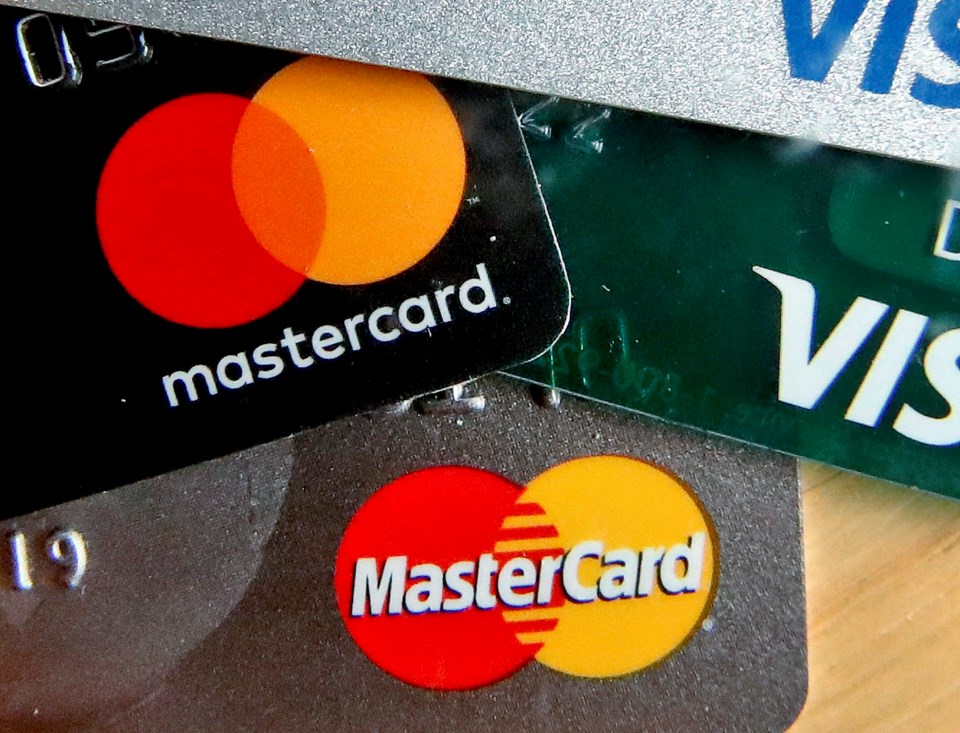Loyalty to family is admirable, but limiting yourself to just one bank’s brood of credit cards may be a tie that binds you up.
Sure, having all your cards under a single bank roof can simplify bookkeeping, and it may even grant you access to bonus “relationship” rewards. It can make reward redemptions seamless and, sometimes, more valuable if you’re able to pool those rewards across multiple cards.
But if you never venture beyond your own bank’s nest, you might miss out on more valuable rewards, perks and features. Here are some reasons to branch out.
RICHER INCENTIVES
Rewards rates and sign-up bonuses vary widely among issuers — and they can be effective lures. A 2019 study from J.D. Power found that over a 12-month time frame, 45% of credit card customers switched cards for a better rewards program, and 18% switched for a sign-up offer, says John Cabell, director of banking and payments intelligence at J.D. Power.
Katie Brewer, a certified financial planner at Your Richest Life, a financial planning firm, moved from an airline credit card to a general travel card from another issuer. “We switched to one that’s a little bit more flexible where you can either use it (for) travel rewards, or you can do a gift card or you can do cash,” she says.
Even if your bank already offers a card that meets your needs, try combining it with a product from a different institution to maximize rewards. If your bank’s credit card earns 1.5% back on all purchases, get a card from another issuer that earns 3% back in specific bonus categories where you spend heavily and use the cards in tandem.
ADDITIONAL SIDE PERKS
Especially for frequent
For that, you’d want a travel credit card that earns miles or points. The best ones don’t charge foreign transaction fees, so if your current card does — or if it doesn’t run on Visa or Mastercard, the two most accepted payment networks internationally — it might be time to look elsewhere.
LOWER INTEREST RATES
If you’re looking to pay down existing debt via a balance transfer, you may qualify for a 0% introductory APR from another institution.
These offers can save you a bundle on interest as you attack your debt. “If you’re paying 22%, 29% interest, it’s really tough to pay down that balance when half of your payment, if not more, is going to interest only,” says Jay Funyak, a financial adviser at MFA Wealth, a financial planning firm.
Same-issuer transfers generally aren’t allowed, Funyak notes, meaning you can’t transfer a balance on one Citibank card to a different Citi card. In that scenario, you’d have to look beyond the walls of your bank.
Of course 0% APR offers expire and aren’t ideal for revolving balances. For those, a low-interest credit card at a bank or credit union can save you money.
A HIGHER CREDIT LIMIT
A different issuer may offer you a higher credit limit on a new card than what you’d get from your current bank.
A higher credit limit means more potential purchasing power, and it can also benefit your credit scores by lowering your credit utilization, which is the amount of your available credit you’re using. In general, lower utilization is better for your scores. If you have a $1,000 balance on a card with a $2,000 credit limit, your utilization is 50%. If the credit limit is $4,000, your utilization is only 25%.
TIPS FOR MANAGING MULTIPLE CREDIT CARDS
Applying for cards outside of your bank’s suite of products can be worth your while, but juggling multiple cards can get complicated.
If you’re not organized, you could end up paying late accidentally or losing track of how much you’re really spending, Brewer says. A solution she suggests is using one card for variable expenses and putting fixed expenses on another.
Also consider:
— Signing up for credit card alerts to track spending.
— Setting up automatic monthly payments to avoid slip-ups.
— Changing payment due dates to get all cards on the same payment schedule.
— Setting reminders for annual fee due dates, reward expiration dates, etc.
__________________________________
This article was provided to The Associated Press by the personal finance
RELATED LINKS:
NerdWallet: What is a balance transfer, and should I do one? http://bit.ly/balance-transfer-101
J.D. Power 2019 Credit Card Satisfaction study https://www.jdpower.com/business/press-releases/2019-credit-card-satisfaction-study
MyCreditUnion.gov: What is a credit union? https://www.mycreditunion.gov/about-credit-unions/credit-union-different-than-a-bank
Melissa Lambarena Of Nerdwallet, The Associated Press




